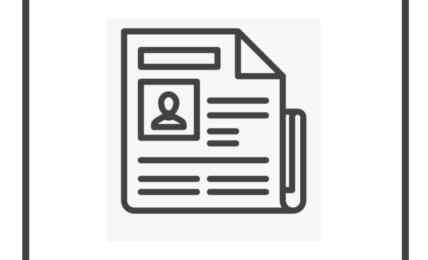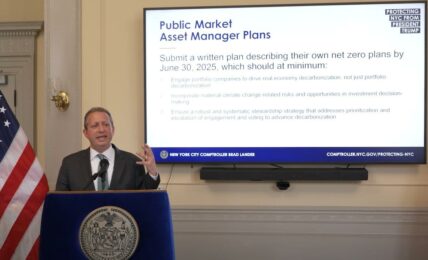By: Peter Walsh, Director, ESG Market Strategy & Partnerships, Benchmark ESG
The Environmental, Social, and Governance (ESG) landscape is on the cusp of major change. The European Parliament passed legislation late in 2022 to increase reporting standards for companies. It also agreed to EU-wide reforms to the current carbon border tax policy in an effort to reduce GHG emissions.
Whether new to regulatory requirements by said legislation or long-time operators in the ESG space, corporations are now faced with the legal reality of more in-depth reporting, collection, and traceability standards for their ESG data in the EU.
This is an excellent opportunity for businesses. Companies can take this occasion to enrich their ESG approach from merely a box-checking exercise to a deeper operationalization that helps address material sustainability issues and bolsters the organization’s bottom line.
If you’re legally required to provide ESG data, you might as well maximize the benefit of your efforts and extract extra value from the time and resources invested.
We shouldn’t understate the challenge, of course. The Corporate Sustainability Reporting Directive (CSRD), which the EU de facto made mandatory for many companies, is very complex and will be the biggest disclosure challenge Europeans have faced.
The CSRD requires reporting company-wide sustainability information and is designed to meet the data requirements of the EU Taxonomy. Beyond the significant increase in scale, with some 50,000 entities being required to report, other aspects such as the double materiality approach, increased scope and depth of reporting, third-party auditing requirement, and the need for reporting output to be machine-readable, make this a significant increase in the reporting challenge. Seen as a necessary enhancement of the previously-utilized Non-Financial Reporting Directive (NFRD), the CSRD’s intricacy will require significant enhancement of their reporting capability for many companies.
Companies will also be met with a newly-developed cross-border carbon tax in the EU. Already having caused ripple effects in global trade talks, the EU carbon tax is yet another step by the EU to both prioritize carbon neutrality and hold companies accountable on sustainability. Slipping under the radar of third-party auditors or estimating emission numbers won’t fly.
Between this tax and the CSRD, businesses face the daunting task of augmenting the capacity of their sustainability programs and more closely managing their supply chains. However, solutions to this web of complex requirements already exist, and collecting data on key ESG-related inputs can help businesses make smarter decisions.
How can addressing these new ESG requirements create a better organization? For one, establishing company-wide oversight and internal processes throughout your business can lead to better margins through pinpointing ESG risk management targets, galvanizing internal consensus, and constantly incorporating external stakeholders’ feedback. Companies not facing their decarbonization journey head-on can expect more risk and scrutiny from creditors, and a fully-integrated data collection system can safeguard against non-compliance. At a staffing level, organizations that focus resources towards company-wide sustainability approaches have higher levels of staff retention. Finally, utilizing data systems to analyze current gaps and make informed decisions can improve operational efficiency. It’s clear that a synched approach to ESG within companies can help both fulfill regulatory inquiries and increase margins.
To gain these benefits, however, companies will struggle if they simply try to add another tab (or 20) to their Excel-tracked ESG metrics system. By incorporating an adaptive data management system, companies can have the complete, auditable material required to make necessary evaluations, test scenarios, and adjust internal programs as needed. Additionally, ensuring that ESG has executive-level representation and full-level integration throughout the value chain is essential. While this may sound complex, it is doable, and the good news for C-suite executives is that they don’t need to develop their own bespoke solution.
Companies should treat the newly instilled EU regulations and taxonomy as the final signal that it is time to get ahead in the game of ESG. Instead of building their sustainability approach with patchwork solutions, companies can take the opportunity to build one driven by investment-grade data. This will ultimately lead to better scenario mapping, program analysis, and ESG outcomes within an organization.
Regulatory compliance can sometimes push companies to do something in their own best interest. The new EU regulation is complex, but smart companies will make it work for them.
The post Guest Post: Europe’s Corporate Disclosure Landscape Has Taken a Big Leap Forward – How Business Leaders Can Keep Their Footing appeared first on ESG Today.



